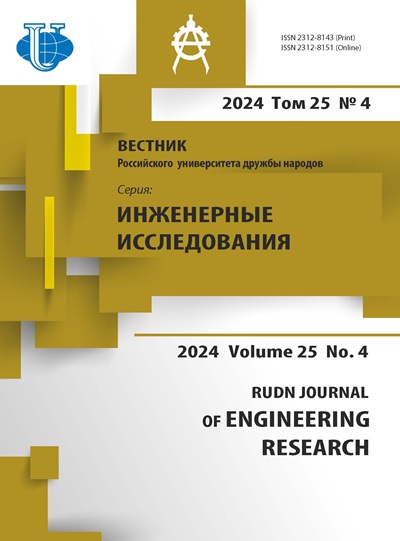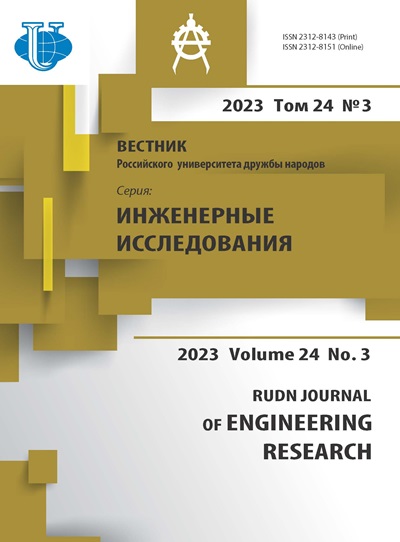Abstract
The controlled motion of an inertial object during a high-speed maneuver in a vertical plane is investigated. The generated thrust is limited in magnitude, the control is the angle that sets its direction, the initial velocity is generally non-zero, and external forces are not considered. The goal is to maximize the horizontal velocity projection at a given final moment of time with the simultaneous fulfillment of two terminal conditions: bringing the object to a given height and damping the vertical velocity projection. Similar tasks often arise when controlling mechanical objects with modulo-limited thrust. The research is relevant, as it is aimed at ensuring both the efficiency of the desired algorithm and the simplicity of its calculation and implementation. In this case, the methods of the mathematical theory of optimal control are used. As a result, a solvability condition for the problem posed is obtained, which is related to the minimum possible time of motion in the dual timeoptimal control problem. In the law of optimal control, based on the so-called law of fractional linear tangent, an analytical relationship between two integration constants is found, which makes it possible to reduce the procedure for determining these constants to the numerical solution of only one transcendental equation. An appropriate comparative analysis of the trajectories was carried out and conclusions were drawn that one of the proposed suboptimal strategies is more effective.















